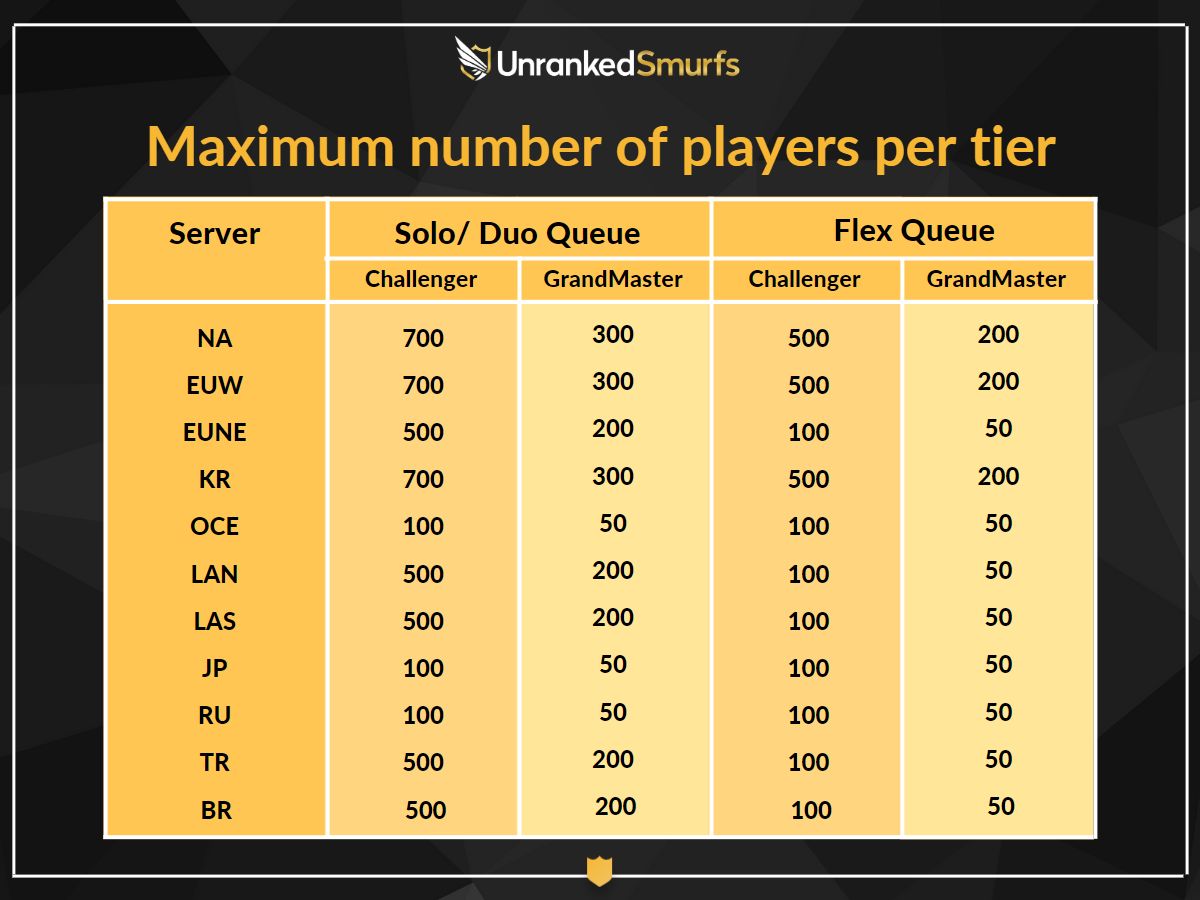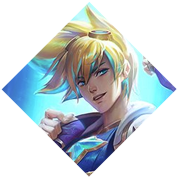
Anyone who has played League of Legends knows it is very competitive. The ranked System in LoL is designed to measure your skill in comparison to every other player. It uses MMR to determine that and places you into appropriate visual representation via Tiers and Divisions. So what is this ranked system, and how exactly does it work? This article will explain any questions you might have about it.
As stated in the introduction, lol's ranked system's primary goal is to evaluate your skill level. The current iteration of the ranked system in League of Legends is based on Tiers and Divisions, generally referred to as your rank, with a hidden metric of MMR (Matchmaking Rating). This system aims to find teammates and opponents that match your skill level and to give each team an approximately 50/50 chance of winning or losing any game.
So why is it important? Well, one obvious reason is for organizations to find the best players. Most, if not all, pro players in League of Legends have been at the top of the ranked ladder before going pro. Other reasons are usually more personal. You may want to prove to yourself that you are good at the game and can climb to X rank by the end of the season. Or maybe you want a more competitive experience and have a higher-quality game. Whatever the reason may be, there certainly is a hunger for the ranked queue that cannot be satiated with normals.
LP is your surface-level score. Win a ranked game and you gain LP. Lose, and you drop some. The exact number you win or lose depends on your MMR relative to your current rank. If you're punching above your weight, you’ll gain more than you lose. If you're coasting, expect the reverse.
MMR is the invisible number that powers everything. It determines who you get matched with and how much LP you gain or lose. Riot doesn’t expose this number directly, but its effects are easy to see. If you’re gaining 28 LP per win and losing 14 per loss, your MMR is higher than your rank. If you’re gaining 15 and losing 20, you’re ranked too high.
Note: players often refer to MMR as “ELO,” borrowing from an older system used until Season 3. Technically incorrect, but conceptually close.
Your first ten games of the season are called placements. The outcome of these games determines your starting rank. If you played ranked last season, expect a soft reset—usually about one Tier lower than where you finished. If you’re new, your Normal MMR gets used instead.
At Master and above, the rules change. There's no more promotion series—you just climb by stacking LP. Demotions at this level are more direct and frequent, depending on leaderboard cutoffs.
There are nine ranked tiers, each designed to visually indicate where you fall on the skill curve. Every tier below Master is split into four divisions, giving the illusion of more granular progress.
Population: Not publicly tracked
You haven’t completed placements yet. This status hides your rank while your MMR is calculated. Since most third-party sites only track ranked players, it's impossible to gauge how many accounts are in this category.
Population: ~19%
Iron is where the least skilled or most inconsistent players end up. Basic mechanics like farming and map awareness are often missing entirely. While less toxic than expected, matches in Iron tend to be chaotic and unstructured.
Population: ~19%
Bronze is densely populated with casuals, tilted players, and smurfs doing challenges. Even with strong placements, new accounts are often seeded here unless they have prior Gold+ history. Escaping requires more than just good play, it demands consistency under pressure.
Population: ~19%
Silver contains the bulk of the average player base. Many new but competent players land here. While it’s more structured than Bronze, inconsistency and bad habits still dominate. It’s the most “playable” tier for long-term improvement.
Population: ~17%
Gold is the aspirational rank for most casual players. You’ll find competent laners with macro flaws, and the promise of end-season rewards (like the Victorious skin) keeps engagement high. A strong placement record can land you here, but not always.
Population: ~11%
Platinum signals mechanical and strategic competence. It’s the highest you can be placed directly after your placements. Most players here know how to play the game, but don’t always execute that well. The gap between Plat and Diamond is narrower than perception suggests.
Population: ~8.3%
Introduced in 2023, Emerald sits between Plat and Diamond and marks the threshold between dedicated casuals and early high-elo players. Competition sharpens here, and so does player tilt. Expect higher skill ceilings and increased toxicity.
Population: ~2.7%
Diamond is where serious play begins. You’ll find one-tricks, streamers, and former pros climbing back up. Staying here requires focus and daily mechanical consistency. It’s the rank where casual grind ends and competitive intent starts.
Population: ~0.60%
Master is the cutoff tier for consistently elite players. There are no promotions—just LP climbs. Rank decay, leaderboard volatility, and regional cutoffs all come into play here. You’re not just good—you’re playing the system itself.
Population: ~0.068%
Grandmaster introduces regional LP cutoffs for eligibility. LP gain, activity, and performance determine if you climb or get bumped down. Most players here stream, coach, or play full-time. It’s a prep ground for Challenger—if you can keep up.
Population: ~0.028% (capped at 200 per region)
This is the absolute top. Challenger is capped, meaning you must actively outperform someone else to claim or retain a spot. LP volatility is brutal. Every game matters. It’s the last stop before pro play or burnout.

Well, now that you know all about the ranked system, you are eager to climb the ranked ladder. How do I increase my rank? Well, there are several things for you to consider.
First things first, play ranked games and see how it goes. The advice of any high elo player would be to play more games and try to improve yourself. Most players in the upper ranks have hundreds, if not thousands, of games per season. It is imperative that these games are not played on autopilot, and you are an active participant in the games you play.
You can seek coaching sessions if you have played hundreds of games and have yet to make much progress. They will help you improve rapidly and achieve the rank you desire. It can't be understated how much easier it is to learn League of Legends with a coach pointing out your mistakes and how to fix them. Of course, coaching can be quite expensive as you usually need more than one session to make progress. However, in most cases, it will be worth it.
If you need more time to play hundreds of games or have reached your skill ceiling, you can always get a boosting service to get the desired rank. Boosting, for those unaware, is a process in which a different person will increase your rank for you for a price. However, it is essential to buy boosts from reputable websites for security reasons as you want to protect your account from an untrustworthy 3rd party. IF you are looking for a trustworthy boosting try ours at BoostingBoss.com
A high rank in League of Legends can drastically increase the value of your account. In the current ranked system, for example, ranked accounts in Master will sell for about 250 USD, whilst similar DIamond accounts will sell for 150. Challenger accounts can fetch up to 1000 USD.
We also must remember that the Victorious skins and chromas increase the market value of the account as well. We are not counting that by playing, you will passively unlock more champions, skins, BE, and other loot that will further increase its value.
To climb you need reliable ping, if you need a help with that check our lol ping fix guide
